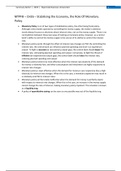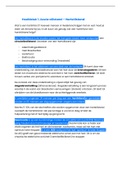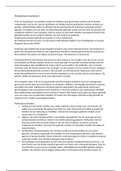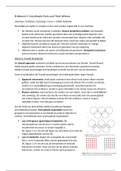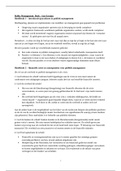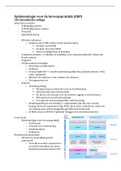Resume
Summary ALEC
- Cours
- Établissement
- Book
Dit document betreft een samenvatting van de hoofdstukken 2, 26, 27 & 29 van 'Principles of Economics, 3rd European Edition', de hoofdstukken 10, 11, & 15 van 'Mishkin' alsmede de hoofdstukken 8, 16 & 17 van 'Nello' welke in het onderwijsprogramma voor het vak ALEC 2 () zijn opgenomen.
[Montrer plus]
